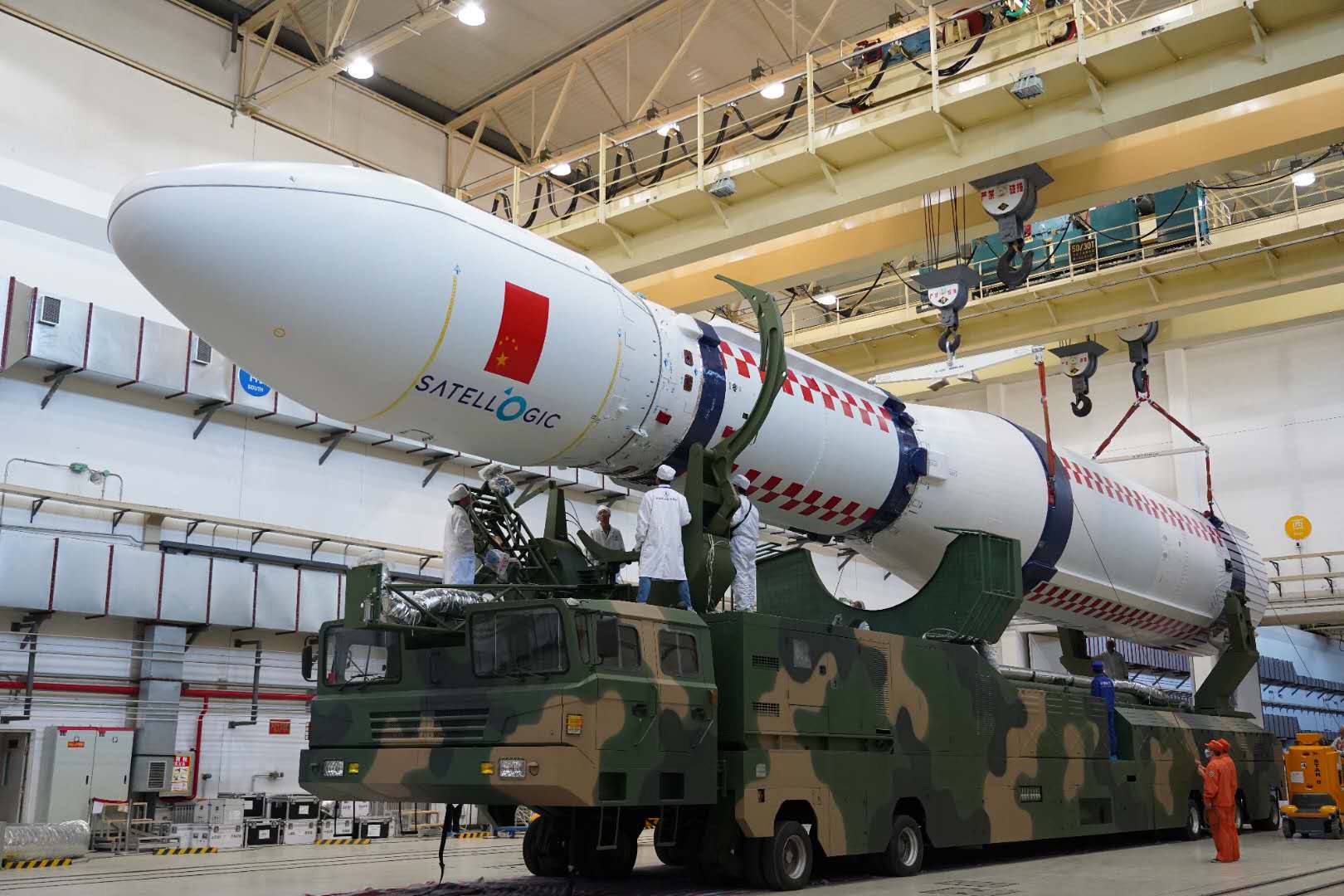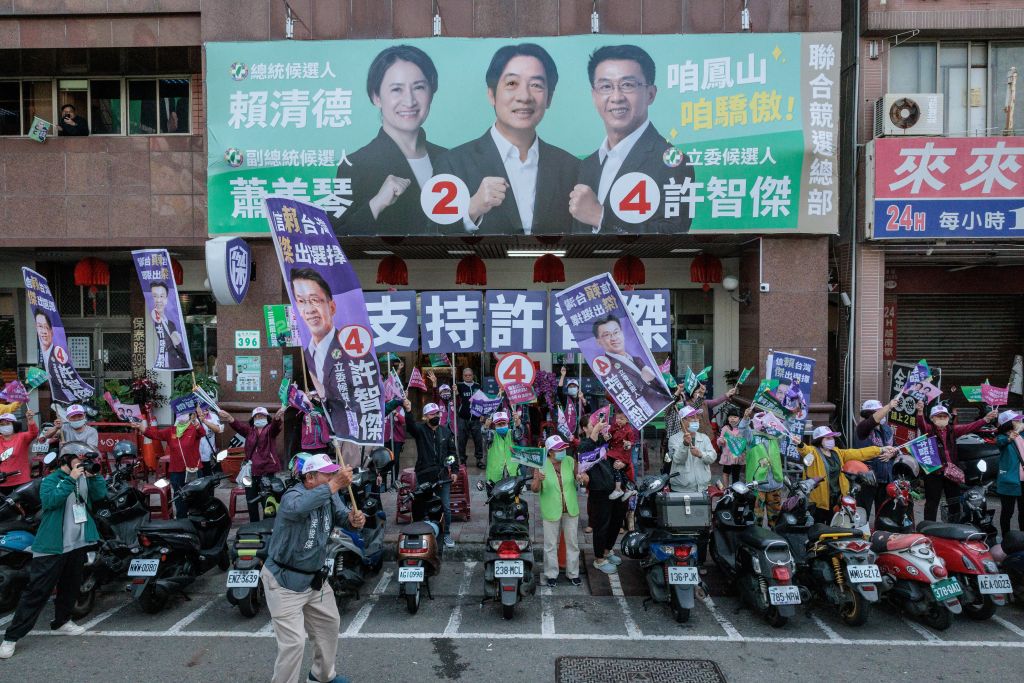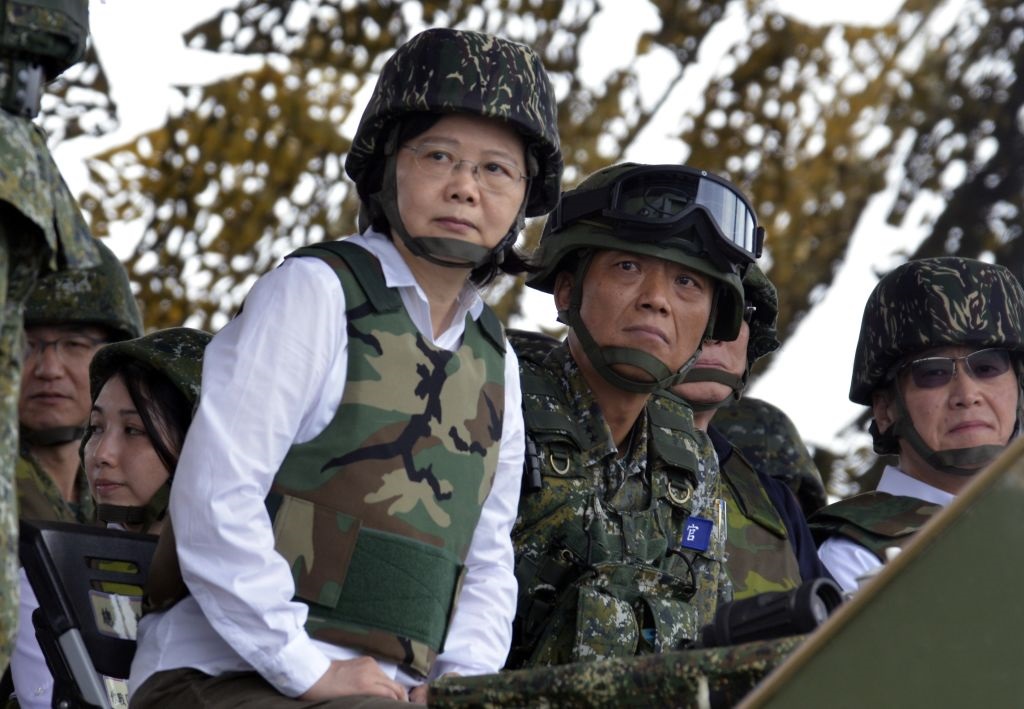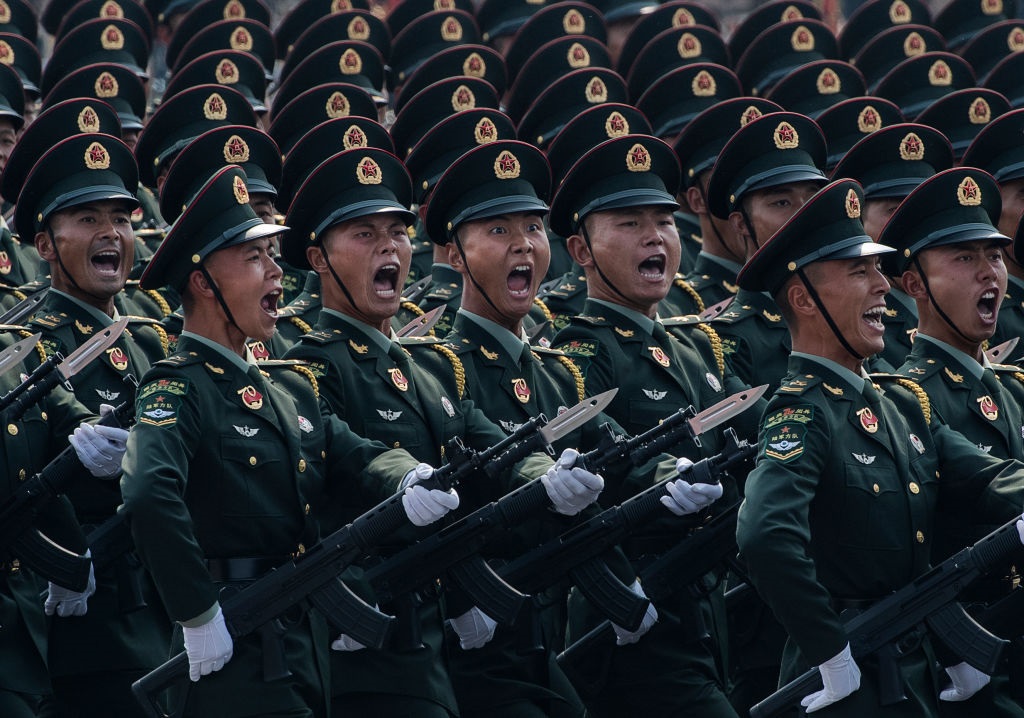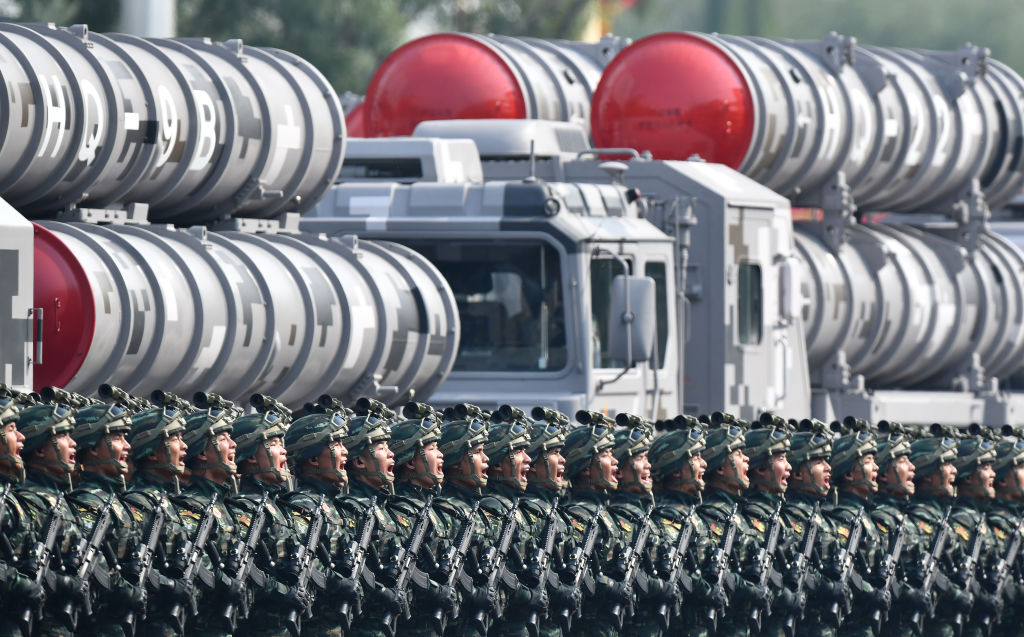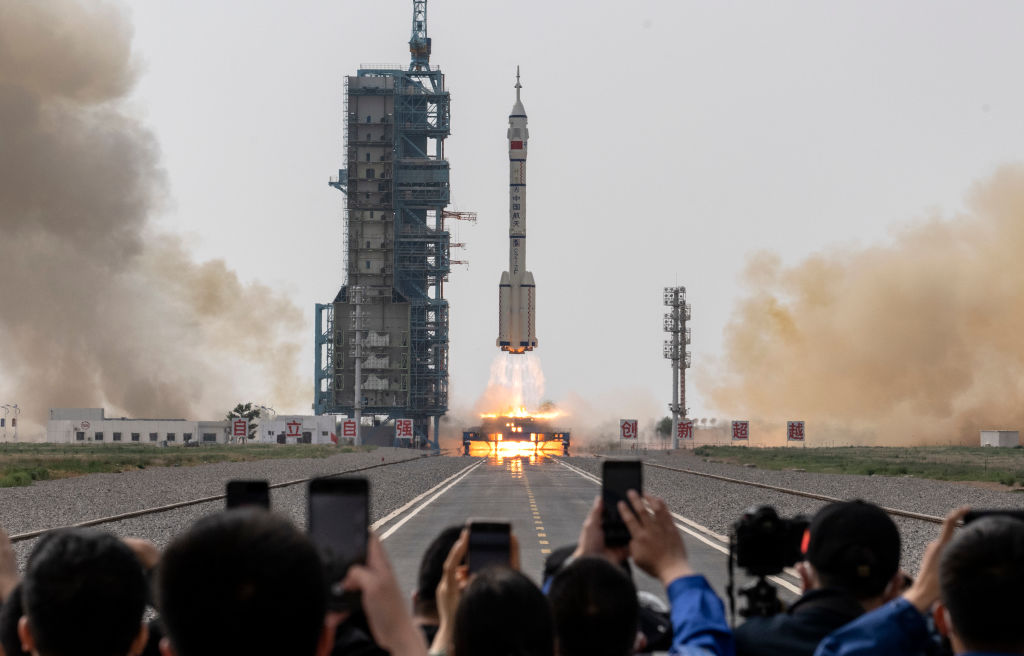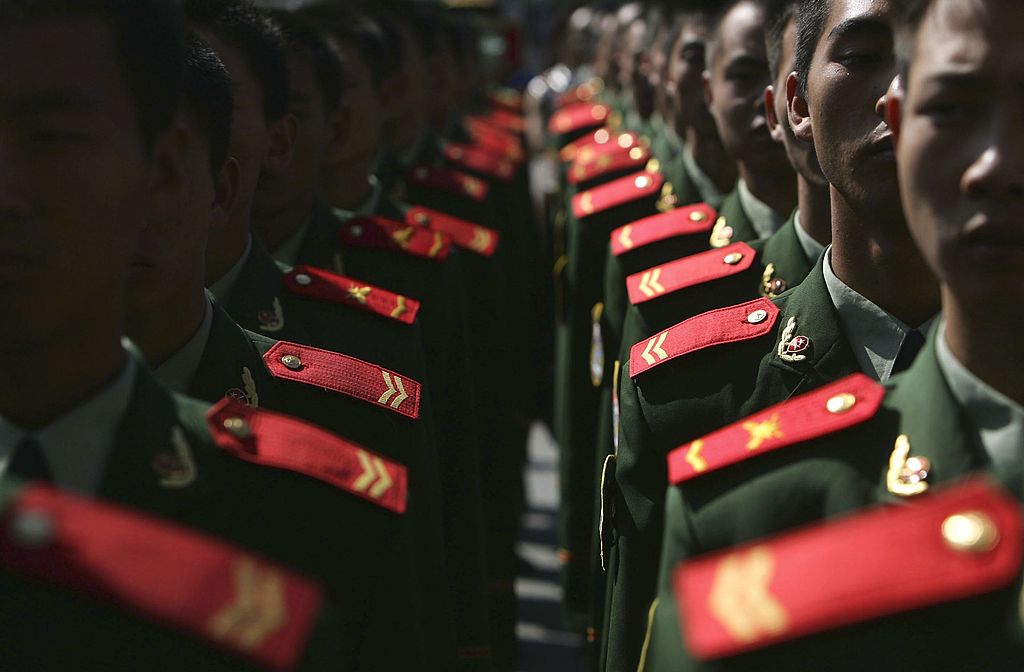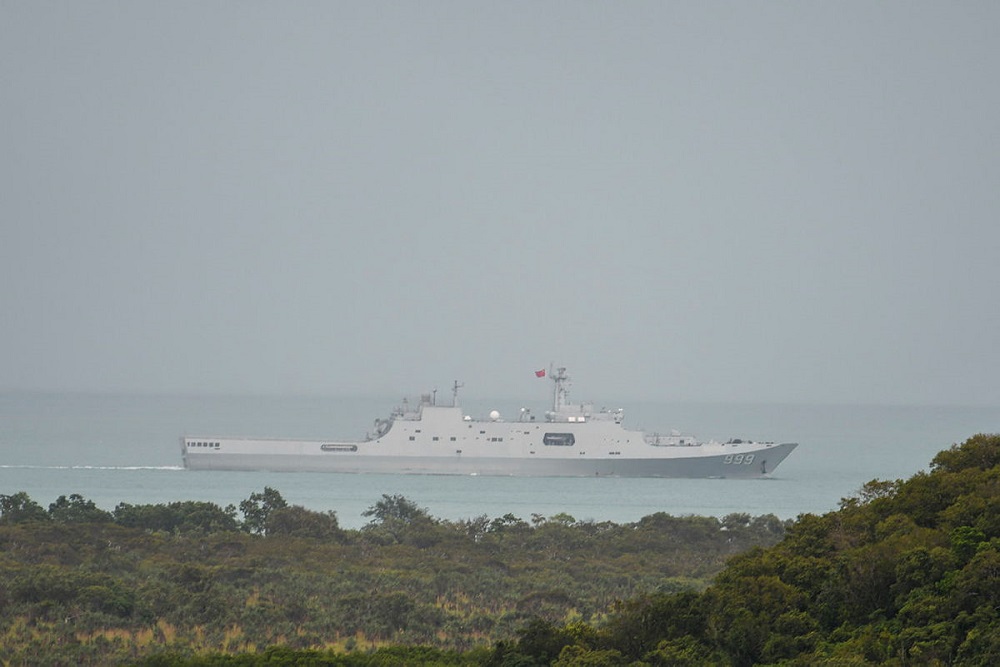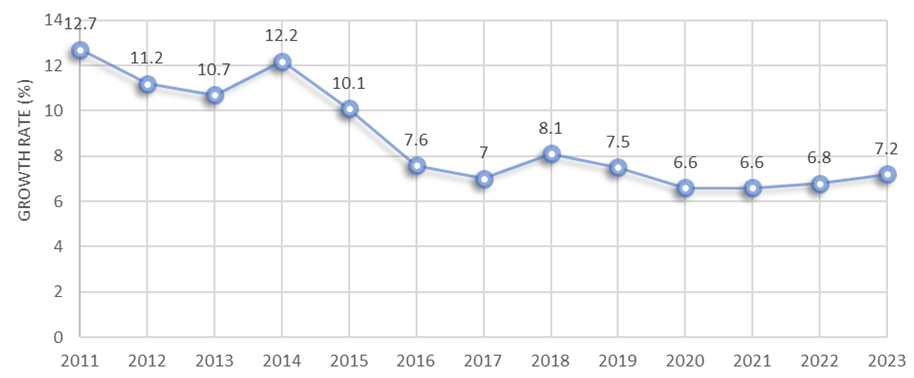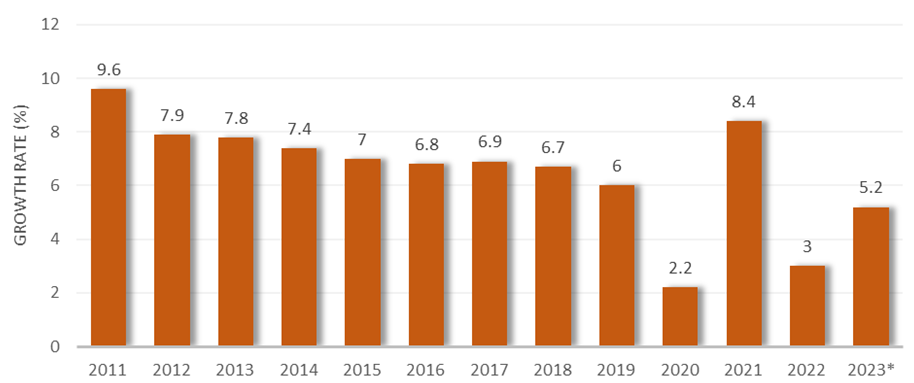Pressure Points: The importance of Australia’s military presence in East and Southeast Asia

This week ASPI launched Pressure Points, an interactive website that analyses the Chinese military’s use of air and maritime coercion to enforce Beijing’s excessive territorial claims and advance its security interests in the Indo-Pacific.
The project highlights and analyses open-source data, military imagery, satellite footage, official government responses and other resources to provide the public with a reliable and accurate account of Chinese regional activity, from its intercept tactics to its excessive claims. It analyses China’s unsafe military interactions with a range of countries, and looks at the way countries use (or don’t use) their military forces to challenge China’s excessive claims in the South China Sea.
A powerful Chinese task group recently circumnavigated Australia, energising debate among Australian commentators and politicians. Canberra was provided a close-up view of Beijing’s rapidly expanding military capability and intent to deploy forces that could—under different circumstances—threaten our cities, population and vital supply routes.
Coupled with growing anxiety around the US alliance and the state of our own aging fleet, the circumnavigation led some to question the activities of Australia’s military, including our commitments within the Indo-Pacific region. Why is Australia deploying military forces to China’s backyard? Aren’t our forces better used closer to home? Why are we provoking our largest trading partner?
These anxieties discount three important facts:
First, Australia’s economic and security interests are intertwined with the Indo-Pacific region. The Indo-Pacific has prospered for decades on the back of international law and rules and norms that have helped to shape the behaviour of states, both large and small. As outlined on Pressure Points, China is increasingly using its military and tactics below the threshold of war to challenge these rules and norms, coerce and deter other countries, and advance its strategic interests.
Regional deployment of Australia’s military helps push back on China’s unwanted advances and protect existing rules and norms, especially when our military conducts activities that challenge China’s excessive territorial claims (such as transits through the Spratly or Paracel Islands). International law is only likely to hold if countries such as Australia are willing to physically enforce it. But, as we have seen on five separate occasions since early 2022, these activities are not without risk. We should expect China to continue to use aggressive and unsafe behaviour to deter our military presence.
But the risk is worth it. Australia cannot afford the continued expansion of China’s excessive claims and the development of a Sinocentric order, which prioritises laws that favour Beijing’s interests, rather than an agreed set of international rules and norms. A continued military presence that supports international law and Australia’s partnerships is firmly in our interest.
Second, we should take stock that it is Beijing’s behaviour that is changing, not our own. Australia’s military has a long history in the Indo-Pacific region. Our warships have been sailing through the South China Sea since World War II. Our defence force has worked with partners across East and Southeast Asia (including China) for decades to increase common understanding and build military interoperability. Our military presence has been longstanding and consistent, and it is founded on longstanding regional partnerships with countries that want Australia to remain militarily engaged in the region.
In comparison, since late 2021 China has used unsafe military manoeuvres to coerce and deter the armed forces of the United States, Australia, Canada, the Philippines and the Netherlands. The actions of China’s Coast Guard and maritime militia have mirrored this increase in aggressive military behaviour, but they rarely project beyond the first island chain.
We are not provoking China—China is provoking us. Beijing seeks to disrupt and deter our longstanding military presence, as well as the presence of other militaries. Thankfully, the tide isn’t necessarily flowing in China’s favour. We have seen more countries deploy military forces to East and Southeast Asia in 2024 than in the previous decade. This presence acts as a bulwark against China’s aggressive behaviour.
Third, China has shown its ability to project military force into our region. We can expect this to continue. The circumnavigation was not a quid pro quo—Beijing was not trying to say ‘if you stay out of our backyard, we’ll stay out of yours’. China’s development of a blue-water navy capable of undertaking extended deployments in our region is part of a broader strategy of national rejuvenation, in which China becomes the pre-eminent global military and economic power.
The pursuit of this strategy will increasingly challenge Australia’s interests. But if we are going to challenge military actions from China, this is best done transparently with partners in the South China Sea, rather than on our own doorstep. China has demonstrated its ability to employ multifaced and flexible tactics to achieve incremental advances over time.
It is necessary to challenge China’s excessive claims in the region, while also responding to its increased military presence in our immediate vicinity. But to do both, Australia must dramatically boost the currently depleted capacity of the Australian Defence Force.


